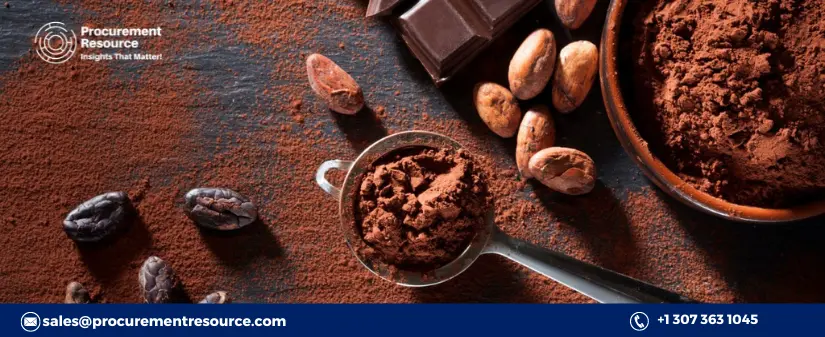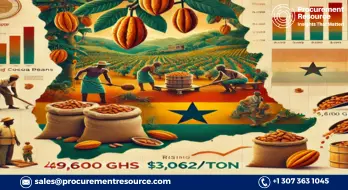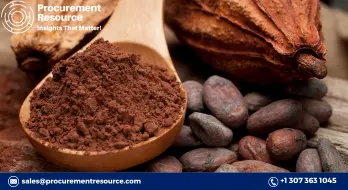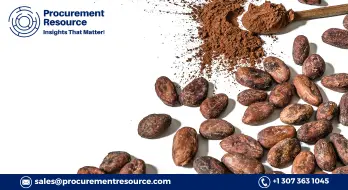Cocoa prices have recently witnessed a significant hike in Ghana and Ivory Coast

Ghana plans to increase the state-guaranteed price paid to cocoa farmers by nearly 45% for the 2024/25 crop season. This substantial increase is intended to enhance farmers' earnings and prevent the smuggling of cocoa beans out of the country. As the world's second-largest cocoa producer, Ghana had previously increased its farmgate price by over 58% to 2,070 cedi per 64 kilograms in April for the remaining period of the 2023/24 season. This change followed a similar move by Ivory Coast, the leading cocoa producer, which raised its farmgate price to 1,500 CFA francs (about US$2.55) per kilogram for the mid-crop of the same season.
Sources indicate that Ghana’s cocoa producer price review committee has set the upcoming 2024/25 price at 48,000 cedi per ton, which translates to 3,000 cedi per 64 kg. This adjustment will need to be in step with Ivory Coast's upcoming farmgate price, as the two major cocoa-producing countries collaborate on a joint initiative to coordinate prices and stabilize cocoa supplies, aiming to support the sector and enhance farmer incomes.
Cocoa prices have soared in 2024 due to adverse weather conditions and disease in Ghana and Ivory Coast, which account for more than 60% of the global cocoa supply. These issues have led to the third consecutive global cocoa deficit. The International Cocoa Organization (ICCO) has reported a deficit of 462,000 tons for the 2023/24 season, marking a 45-year low in the stock-to-grindings ratio. Additionally, Ghana’s Cocoa Board (Cocobod) initially planned to start the 2024/25 season on September 1 with a reduced production target of 650,000 tons, but the launch has been postponed. The decision to commence the season earlier was aimed at curtailing smuggling, which has been worsened by low prices and delayed payments to farmers. Some Ghanaian farmers and buyers have claimed that stakeholders are stockpiling beans to capitalize on the new season's price increase.
The volatility in the cocoa market has been characterized by supply shortages due to weather challenges and crop diseases. In April 2024, New York cocoa futures reached a record high of over USD 12,000 per ton, nearly five times the long-term average. After a period of consolidation, prices stabilized at around USD 6,000, followed by a 17% rally in subsequent months, pushing prices to USD 7,600. The Ghana Cocoa Board's recent move to cut its 2024/25 harvest forecast by 20%, citing weather challenges, has further spurred the price increase.
The extreme fluctuations in cocoa prices have significantly reduced trading activity, with open interest in New York futures markets declining to around 133,000 contracts, down from an average of 300,000 in previous years. This diminished participation has reduced the market's ability to manage sudden shifts, leading to exaggerated price movements and an uncertain supply outlook.
Read More About Cocoa Production Cost Reports - Request Free Sample Copy in PDF
Escalating cocoa and olive oil prices, driven by extreme weather and additional factors, have also affected the specialty chocolate industry. Production in Ghana has faced further setbacks from issues like smuggling, illegal gold mining, and market speculation, which have limited the availability of cocoa beans. Meanwhile, drought and high temperatures across the Mediterranean have resulted in poor olive harvests, leading to decade-low olive oil production levels. These elements combined have exerted additional pressure on global cocoa prices and the broader food industry.



